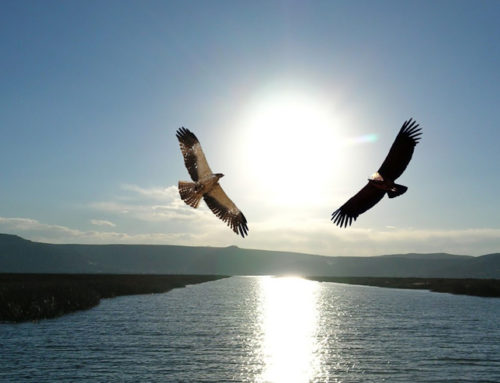Project Description
In Peru, this area of the Andes in South America, we meet one of the oldest civilizations of the world, the one of Caral (30th century BC until 18th century BC). After the decline of this civilization, the one of Chavin flourished. For the civilization of Chavin, the religious centre was far more important than the political centre. Later, after the decline of Chavin, the civilization of Tiwanaku flourished, and this was the ancestor of the Inca culture.
Incas were established in the area on the 12th century. Their empire was called Tawantinsuyu (the land of the four quarters). The centre of the empire was Cuzco (the navel). The four suyo (nations) were Chinchay Suyo (North), Anti Suyo (East, the Jungle of Amazon river), Colla Suyo (South) and Conti Suyo (West). The name Tawantinsuyu was, apparently, a description of the union of the regions.
“Incas reached the peak of the development of our tradition. And it was a culture with a very specific characteristic. We have never developed a monetary system. We have never developed abstract mathematics, writing or reading system – but when the Spaniards came to South America (16th century), the Inca empire covered the ¾ of the land (it was greater that the Roman Empire). They produced something amazing, it was the only known society in the history of the humanity, in which no poverty or hunger existed. Not even through the wealth of the industrial revolution someone could create such a community”.
don Juan Nuñez del Prado

Featured Articles
Posts that may interest you
We, Greeks, have such a great tradition! Why do we have to deal with the Andean Tradition now? What is the reason?
Peru, this area of the Andes in South America, we meet one of the oldest civilizations of the world, the one of Caral.
The system of the practices of the Andean Tradition consists of Three Paths, which aim to help us realize the flow of the living energy








